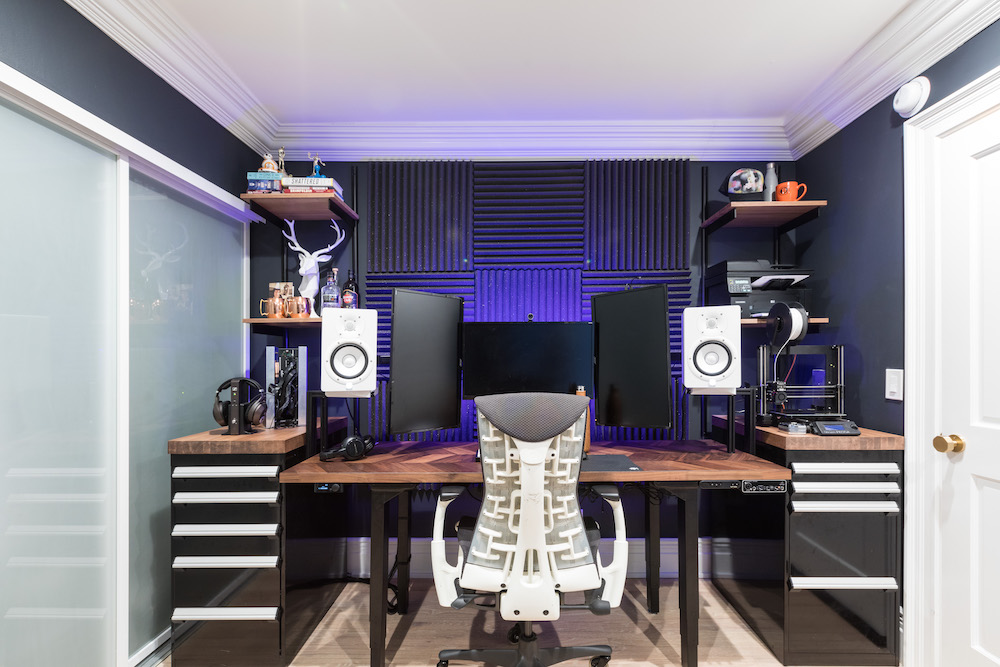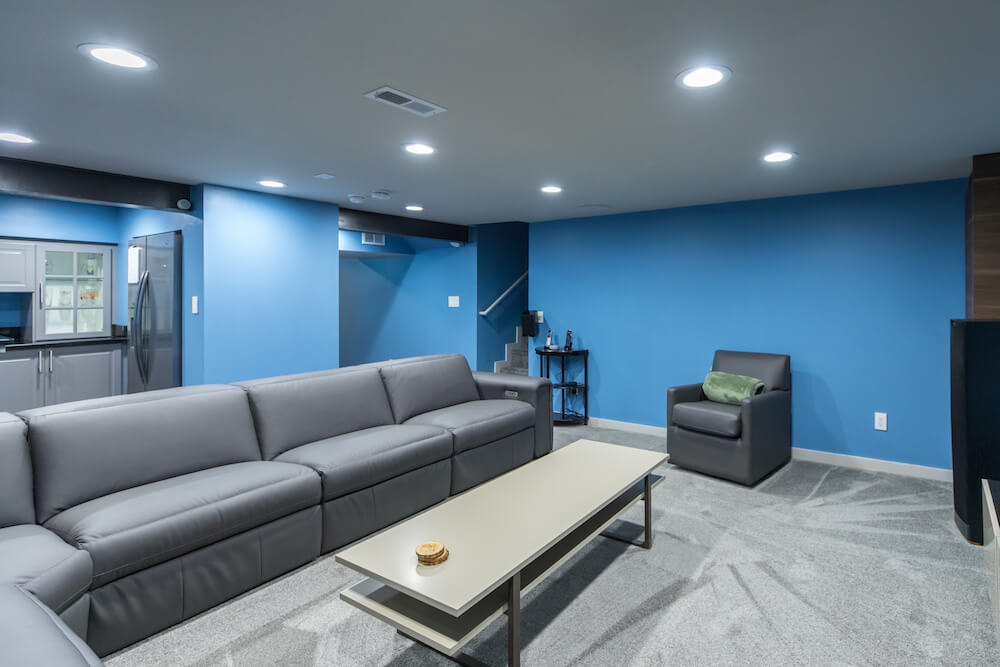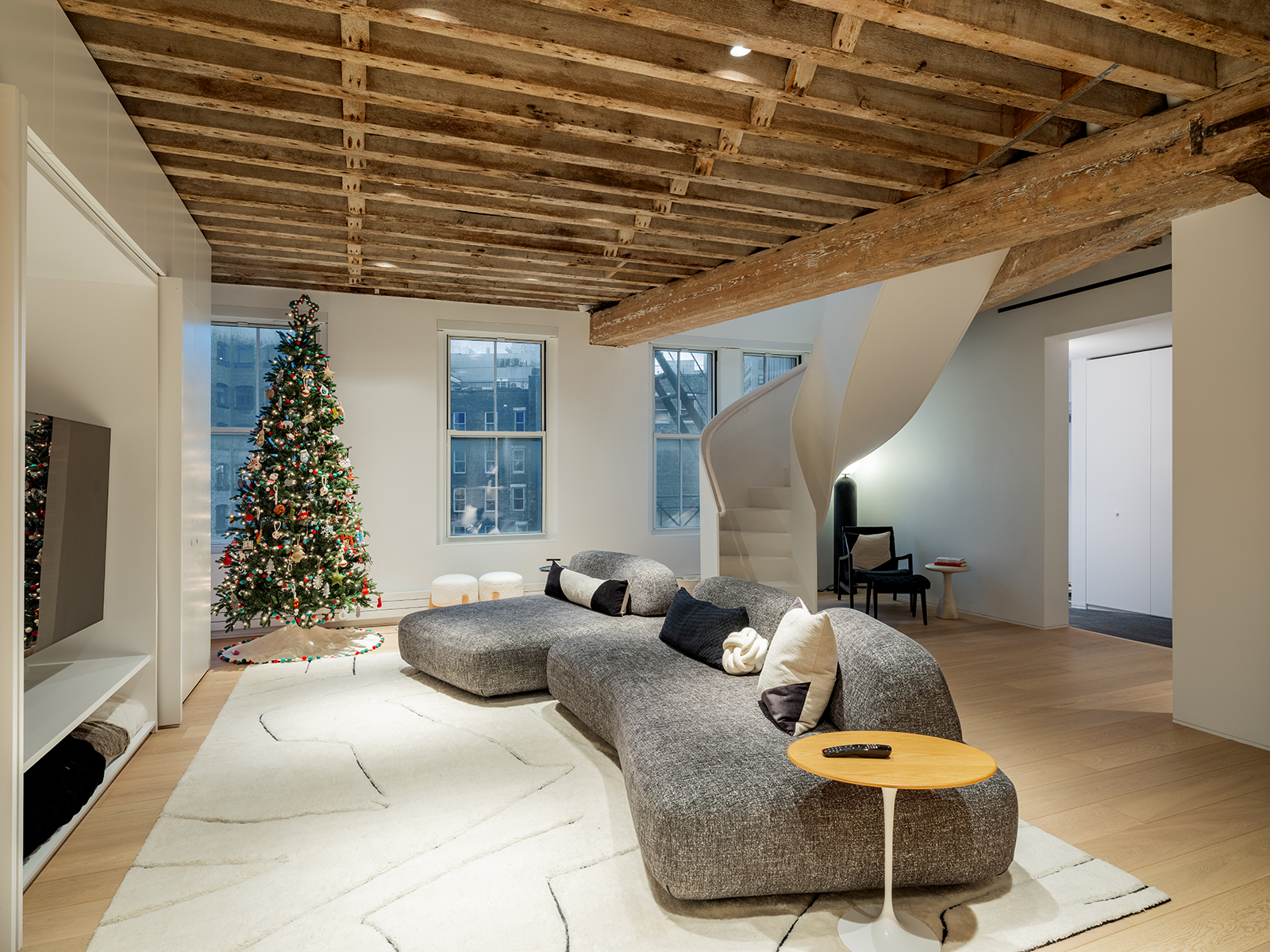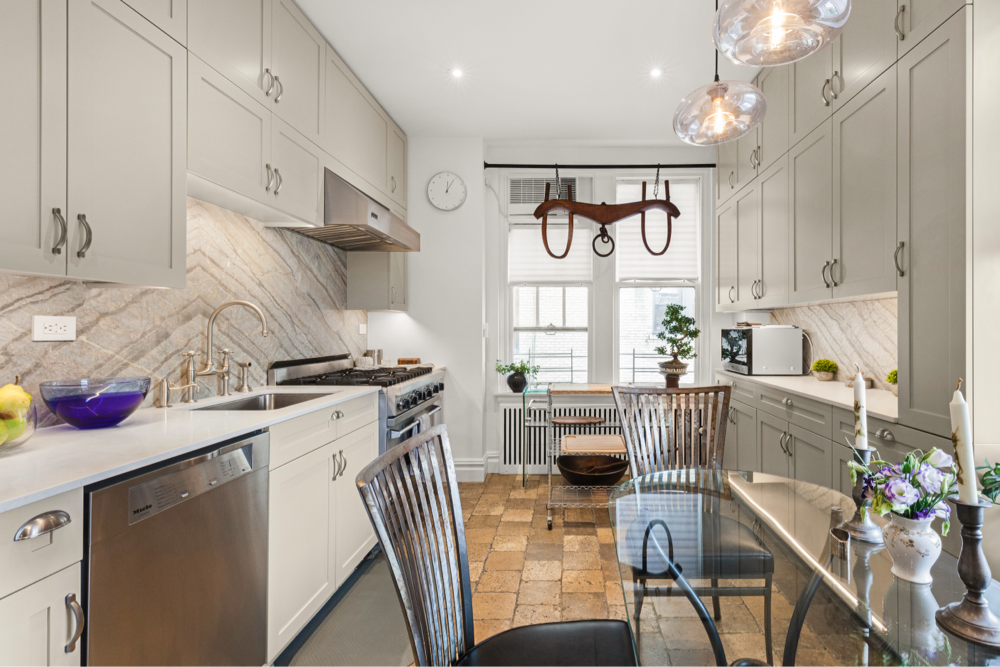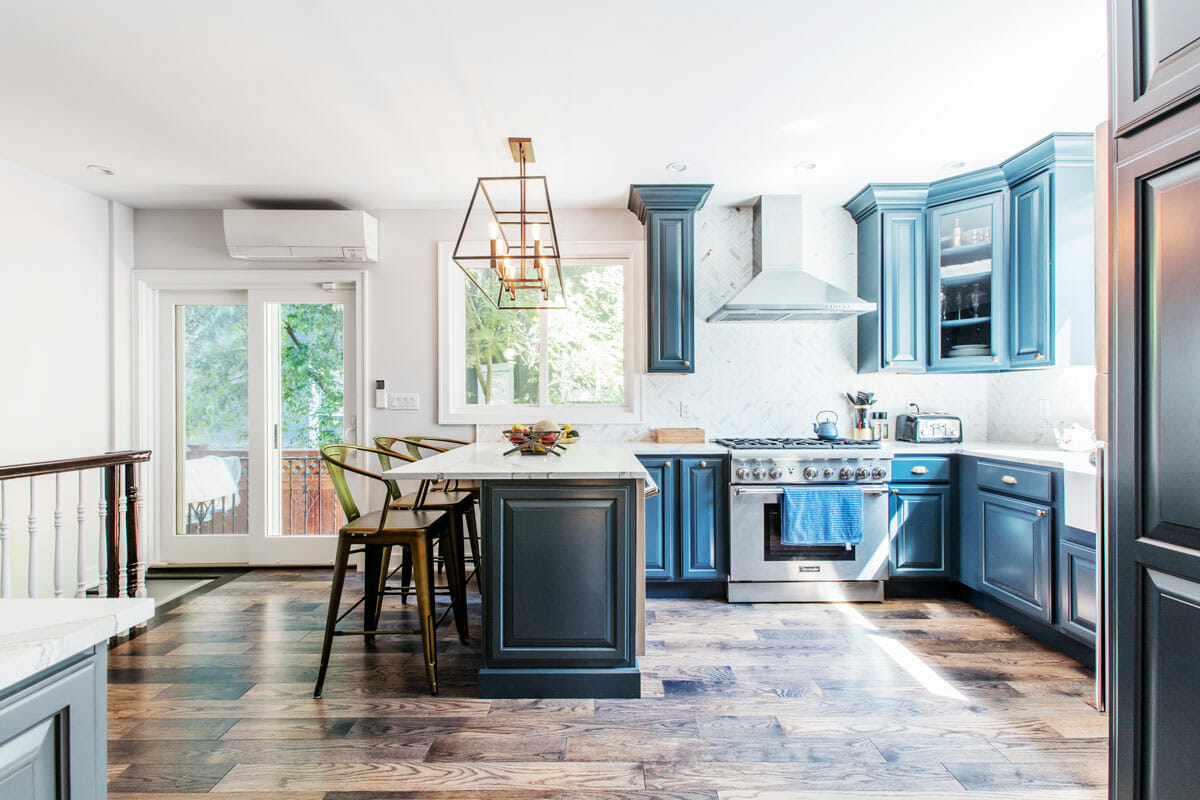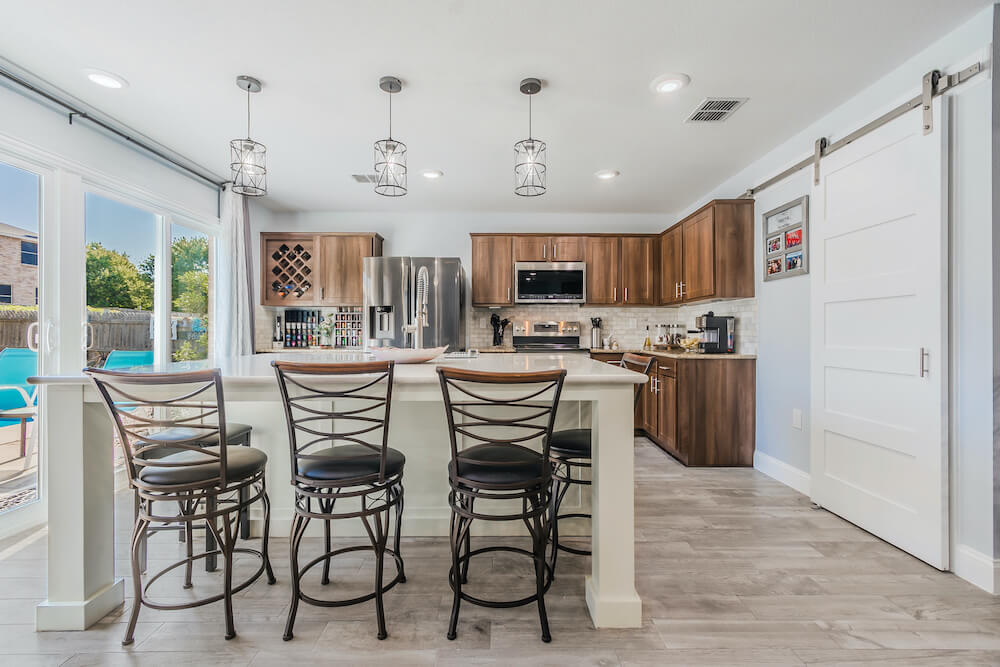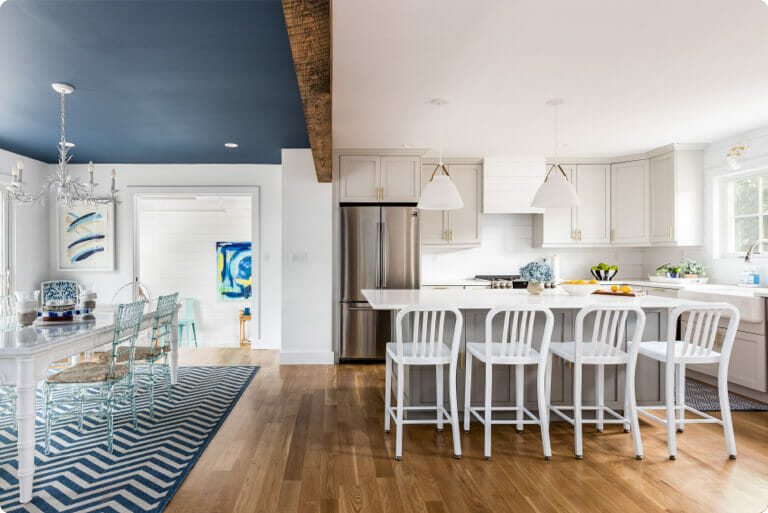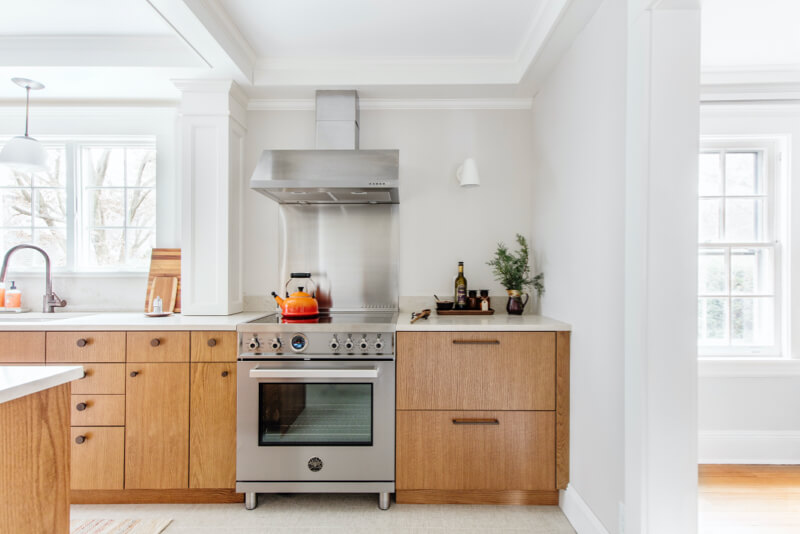Quick Guide on How to Soundproof a Room
Creating a soundproof haven within your home is easier than you think. Whether you’re a musician, a home theater enthusiast, or simply someone who values peace and quiet, effective soundproofing can transform your space. In this guide, we’ll provide you with a step-by-step approach to soundproofing your room, ensuring a serene environment for relaxation, work, or creative pursuits.
